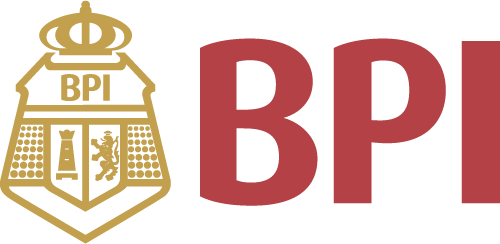All Categories
Johann Sebastian Bach: The Six Partitas for Keyboard, BWV 825-830
Share Tweet
*Price and Stocks may change without prior notice
*Packaging of actual item may differ from photo shown
- Electrical items MAY be 110 volts.
- 7 Day Return Policy
- All products are genuine and original








About Johann Sebastian Bach: The Six Partitas For
In 1731, the 46-year-old Johann Sebastian Bach published his Opus 1, under the title: Keyboard Practice consisting of Preludes, Allemandes, Courantes, Sarabandes, Gigues, Minuets, and other Galanteries. They are a collection French-inspired dance movements gathered into six suites that he called Partitas. These Partitas are Bach's masterful summing up of the keyboard suite, a genre that grew from the groupings of dances by key in 17th-century France into a more regular form in the hands of composers like Froberger, Pachelbel, Kuhnau, Dieupart and Buxtehude. Bach brings together musical gestures from these predecessors and from his contemporaries with a compositional virtuosity that makes these works a catalog of keyboard writing, dance forms, and national styles. In Bach's circle, there were a number of marked-up copies of the published score of the Partitas, with ornamentation far beyond the scope of what we as modern performers are accustomed to. Particularly notable are versions of the Sarabande of the First Partita, the opening Grave of the Sinfonia of the Second Partita, and the Sarabande of the Fifth Partita. I see these variants as a liberating guideline for what it is possible to do with this music. The understanding that the authentic text of Bach's publication is not a final version, but itself represents a kind of written snap- shot upon which to base a performance, is central to my approach to this music, just as it was in my recording of the Goldberg Variations. Respect for the text means understanding the context in which it was set down. In recording the Partitas, I have sought the freedom of live performance. The recording sessions were an opportunity to produce multiple versions of the individual movements, experimenting with embellishments, pacing, and the subtleties of rhythmic treatment that bring these dance-inspired pieces to life. I wanted the result to feel spontaneous a snapshot of the moment of performance, rather than the definitiv




 (2)
(2)






















